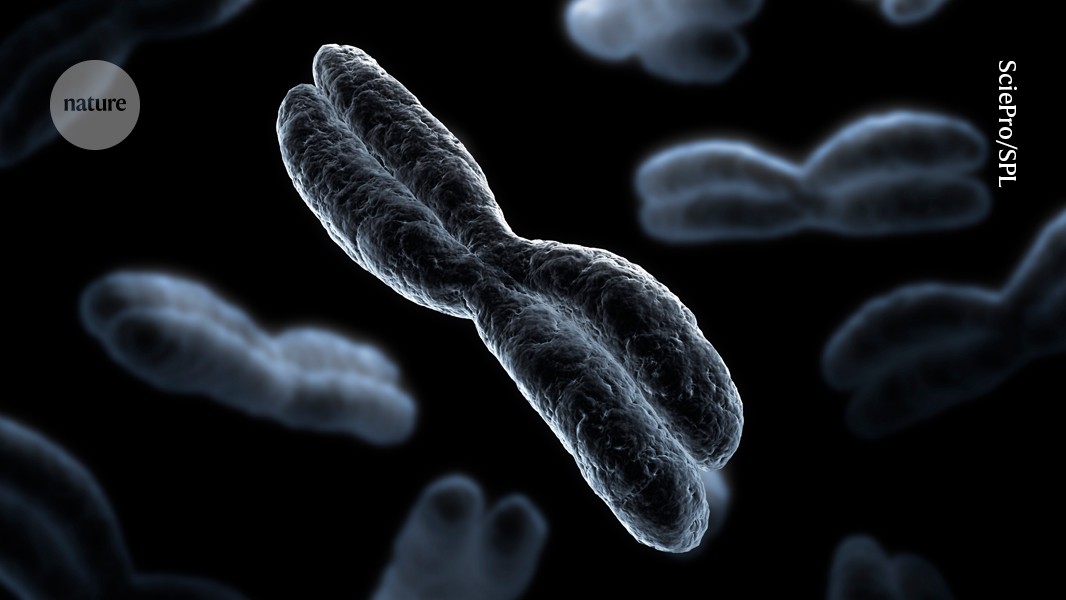First Fossil Chromosomes Discovered in Freeze-Dried Mammoth Skin
A groundbreaking discovery has been made in the field of paleogenetics with the announcement of the first fossil chromosomes being discovered in freeze-dried mammoth skin. This breakthrough could provide scientists with valuable insights into the genetic makeup of ancient species and ultimately help unravel the mysteries of evolution and extinction.
The Discovery
The fossil chromosomes were extracted from well-preserved freeze-dried mammoth skin that had been found in Siberia. The skin belonged to a woolly mammoth that lived over 28,000 years ago. Using cutting-edge sequencing techniques, researchers were able to identify and analyze the genetic material within the chromosomes, providing a glimpse into the ancient DNA of the mammoth.
Significance of the Discovery
This discovery is significant because it represents the first time that intact chromosomes have been found in a fossil specimen. Chromosomes are the structures within cells that contain the genetic information necessary for an organism to develop and function. By studying the fossil chromosomes of the mammoth, scientists can learn more about the genetic differences and similarities between ancient and modern species.
Implications for Evolutionary Studies
The discovery of fossil chromosomes in freeze-dried mammoth skin could have far-reaching implications for our understanding of evolution. By comparing the genetic makeup of ancient species to their modern counterparts, scientists can gain valuable insights into how species have evolved over time and how they have adapted to changing environments.
Conclusion
The discovery of fossil chromosomes in freeze-dried mammoth skin represents a major milestone in the field of paleogenetics. This breakthrough has the potential to revolutionize our understanding of evolution and extinction, providing scientists with new insights into the genetic makeup of ancient species. As technology continues to advance, we can expect further discoveries that will shed light on the mysteries of the past.
FAQs
What are chromosomes?
Chromosomes are the structures within cells that contain the genetic information necessary for an organism to develop and function. They are made up of DNA and contain the genes that determine an organism’s traits.
Why is the discovery of fossil chromosomes in mammoth skin significant?
This discovery is significant because it represents the first time that intact chromosomes have been found in a fossil specimen. By studying the genetic material within the chromosomes, scientists can learn more about the ancient DNA of the mammoth and gain valuable insights into the genetic makeup of ancient species.
How can the discovery of fossil chromosomes in freeze-dried mammoth skin benefit scientific research?
The discovery of fossil chromosomes in mammoth skin could provide scientists with valuable insights into the evolution and extinction of ancient species. By comparing the genetic makeup of ancient and modern species, researchers can learn more about how species have evolved over time and how they have adapted to changing environments.




